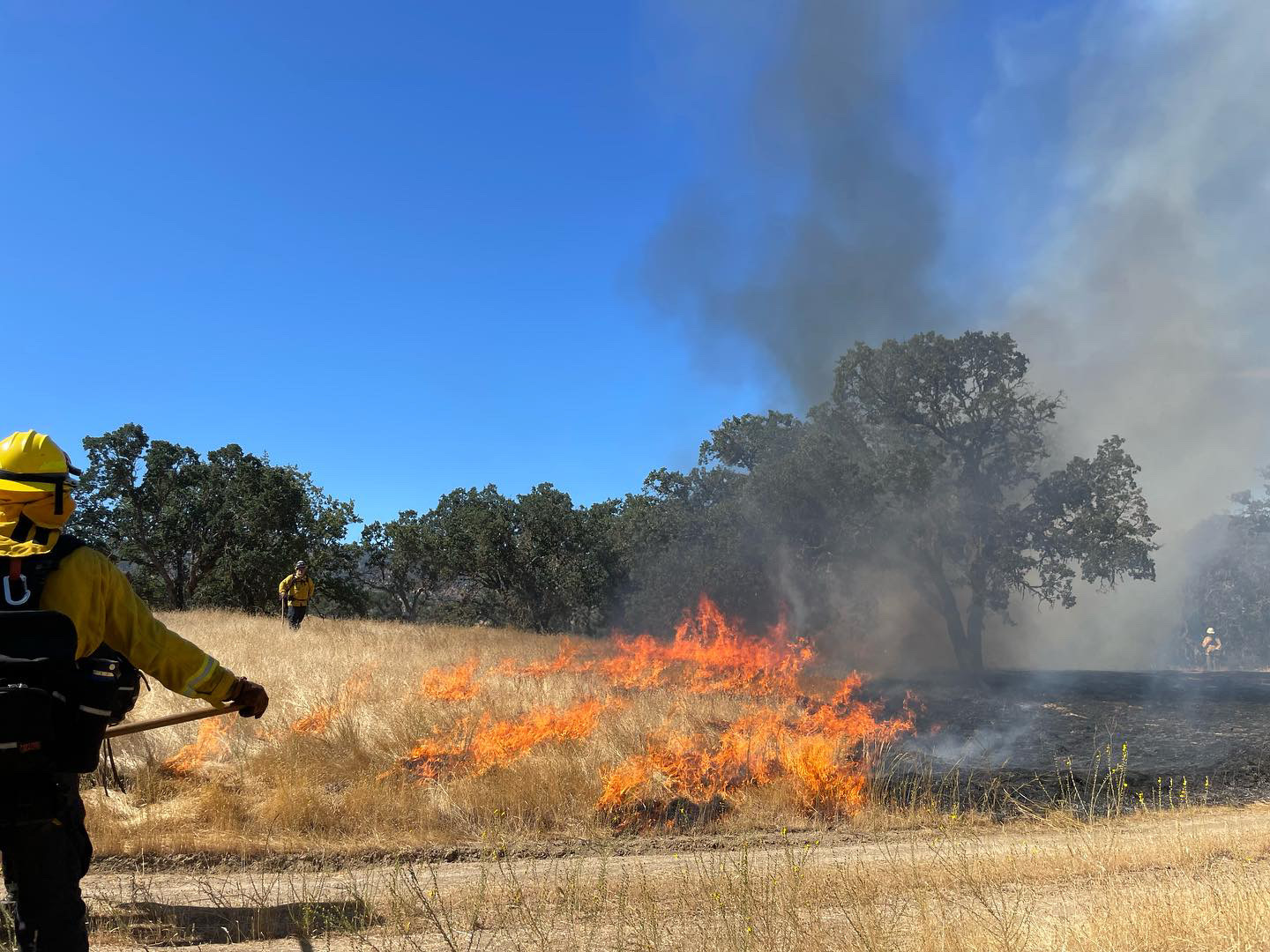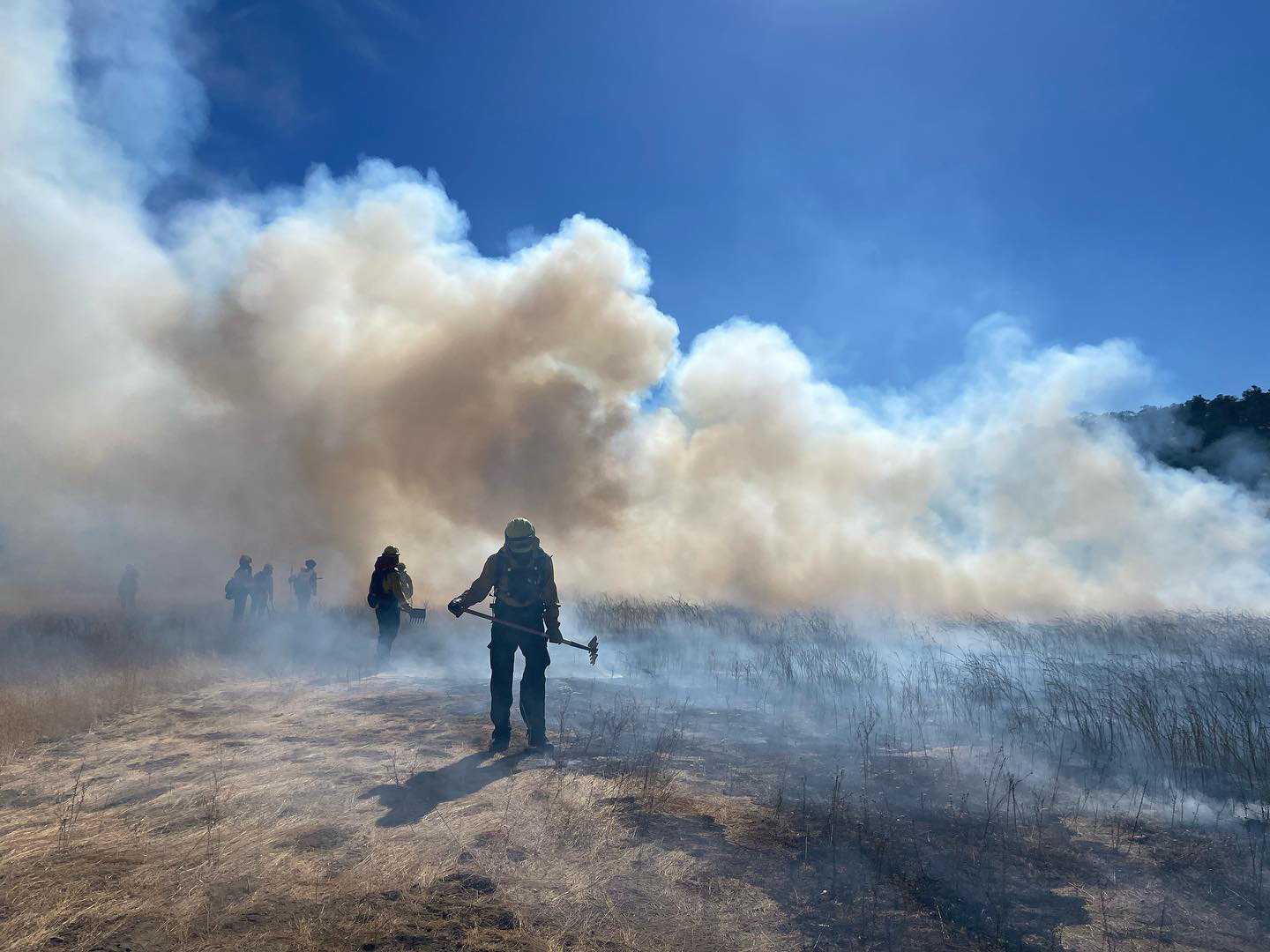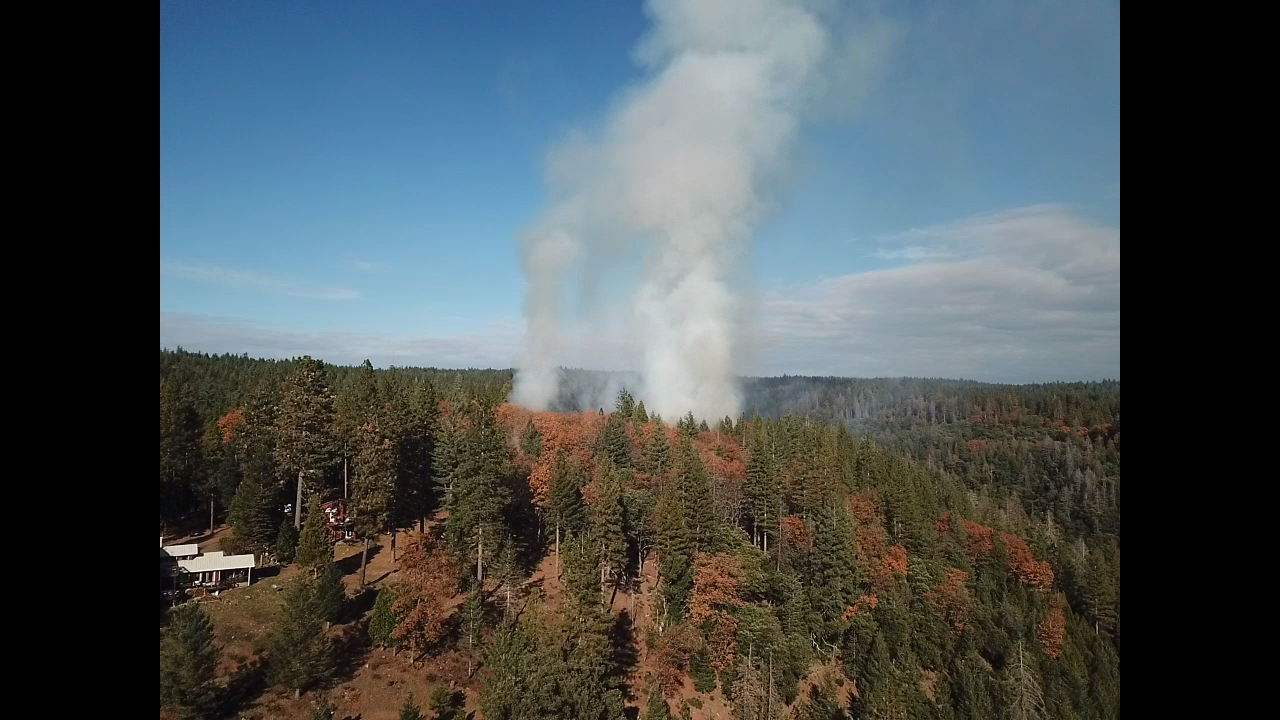Introduction:
California's diverse landscapes, ranging from lush forests to arid chaparral, have long been shaped by the natural force of fire. However, in recent decades, the state has faced escalating challenges due to wildfires exacerbated by climate change and dense vegetation. In response to this growing threat, communities across California have come together to form Prescribed Burn Associations (PBAs), proactive groups dedicated to utilizing controlled burns as a tool for managing wildfire risk and restoring ecosystems.
1. Understanding the Need for Prescribed Burns:
California's ecosystems are adapted to fire, and many plant species rely on periodic burns for regeneration. However, the suppression of natural fires over the years has led to an accumulation of fuel, making the landscape more susceptible to catastrophic wildfires. Prescribed burns, when strategically planned and executed, can reduce the risk of uncontrolled wildfires and promote ecological health.
2. The Rise of California Prescribed Burn Associations:
In response to the escalating wildfire crisis, communities, landowners, and conservationists in California have joined forces to establish Prescribed Burn Associations. These grassroots organizations aim to bring together local expertise, resources, and a shared commitment to reintroduce controlled fire into the landscape.
3. Community Collaboration:
One of the key strengths of PBAs is their emphasis on community collaboration. Members include firefighters, landowners, scientists, and concerned citizens who work together to plan and implement controlled burns. This collaborative approach fosters a deeper understanding of local ecosystems and creates a sense of shared responsibility for wildfire prevention.
4. Training and Education:
PBAs prioritize training programs to ensure that members possess the necessary skills and knowledge for safe and effective prescribed burns. Training covers various aspects, including fire behavior, equipment operation, and communication protocols. By investing in education, PBAs empower communities to take an active role in managing their landscapes.
5. Environmental Stewardship:
Prescribed burns not only reduce wildfire risk but also contribute to environmental stewardship. These controlled fires mimic the natural processes that shaped California's ecosystems for centuries, promoting biodiversity, reducing invasive species, and enhancing overall ecosystem resilience.
6. Policy Advocacy:
PBAs often engage in advocacy efforts to shape policies that support prescribed burning as a land management tool. This includes working with government agencies, legislators, and other stakeholders to remove barriers and promote responsible fire use.
7. Success Stories:
Highlighting specific instances where PBAs have successfully implemented prescribed burns can inspire other communities to adopt similar practices. Discuss the positive outcomes, such as reduced wildfire severity, enhanced biodiversity, and the restoration of fire-adapted ecosystems.
Conclusion:
California Prescribed Burn Associations exemplify the power of local communities taking proactive measures to address the wildfire crisis. By fostering collaboration, providing education, and advocating for responsible fire management, these associations contribute to building a more resilient and sustainable future for California's diverse landscapes. As the state continues to grapple with the challenges of an evolving climate, the role of Prescribed Burn Associations becomes increasingly vital in safeguarding both communities and the natural environment.




